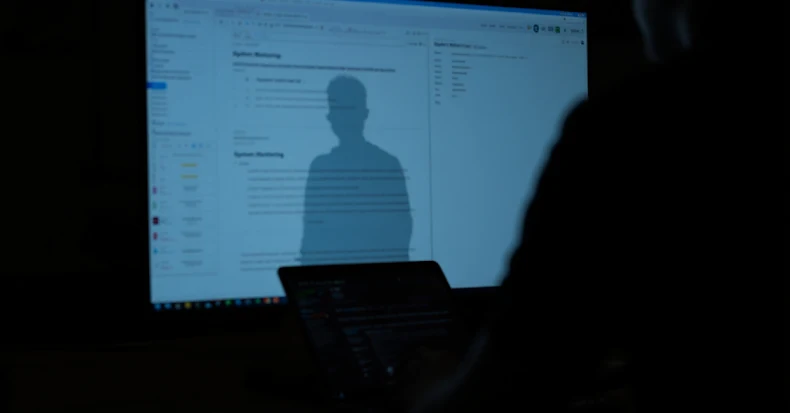In the first quarter of 2025, Microsoft has identified a surge in sophisticated ransomware attacks targeting hybrid cloud environments. These attacks exploit vulnerabilities at the intersection of on-premises infrastructure and cloud services, posing significant challenges for organizations operating in hybrid configurations.
Emergence of Moonstone Sleet’s Ransomware Operations
A notable development is the North Korean state-sponsored actor, Moonstone Sleet, deploying Qilin ransomware in targeted attacks. This marks their inaugural operation as a ransomware-as-a-service (RaaS) affiliate, deviating from their previous reliance on custom malware. This strategic shift suggests an effort to enhance operational efficiency while maintaining plausible deniability.
Storm-0501’s Advanced Techniques
Microsoft Threat Intelligence researchers have observed the threat actor Storm-0501 employing advanced capabilities to transition from on-premises systems to cloud infrastructure. Their analysis reveals tactics that target unmanaged devices and exploit insecure hybrid accounts to access critical resources, delete backups, and deploy ransomware.
Insights from Black Basta Ransomware Group
A February leak of Black Basta ransomware group communications exposed their technical methods, including the exploitation of vulnerabilities in Citrix, Jenkins, and VPNs. Other active groups, such as Lace Tempest and Storm-1175, have been identified, with the latter exploiting new SimpleHelp vulnerabilities shortly after their disclosure.
Prevalence of Social Engineering
Social engineering remains a prevalent tactic among threat actors. Attackers initiate contact through fraudulent IT support calls, leading to the deployment of remote access tools. For instance, Storm-1674 has been observed using fake IT calls via Microsoft Teams, resulting in the use of Quick Assist and PowerShell for malicious purposes.
Exploitation Techniques in Hybrid Cloud Environments
Storm-0501’s methodology for compromising cloud environments begins with lateral movement from compromised on-premises systems through insecure hybrid identity configurations. After gaining initial access, attackers target accounts with excessive permissions across environments, allowing them to pivot seamlessly between traditional infrastructure and cloud resources.
The attack chain typically includes specific HTTP requests targeting configuration files, such as:
“`
GET /toolbox-resource/../serverconfig.xml
“`
This path traversal technique exposes authentication tokens and federation settings, enabling attackers to bypass multi-factor authentication by exploiting trust relationships between identity systems.
Recommendations for Organizations
To safeguard hybrid environments, Microsoft recommends implementing the following measures:
– Credential Hygiene: Regularly update and manage credentials to prevent unauthorized access.
– Least Privilege Principles: Assign minimal necessary permissions to users and systems to reduce potential attack surfaces.
– Zero Trust Architectures: Adopt a security model that assumes breach and verifies each request as though it originates from an open network.
Additionally, organizations should closely monitor for unusual authentication patterns that may indicate the compromise of hybrid identity systems.
Conclusion
The evolving landscape of ransomware attacks underscores the importance of robust security measures in hybrid cloud environments. By understanding the tactics employed by threat actors and implementing recommended security practices, organizations can enhance their resilience against these sophisticated threats.



